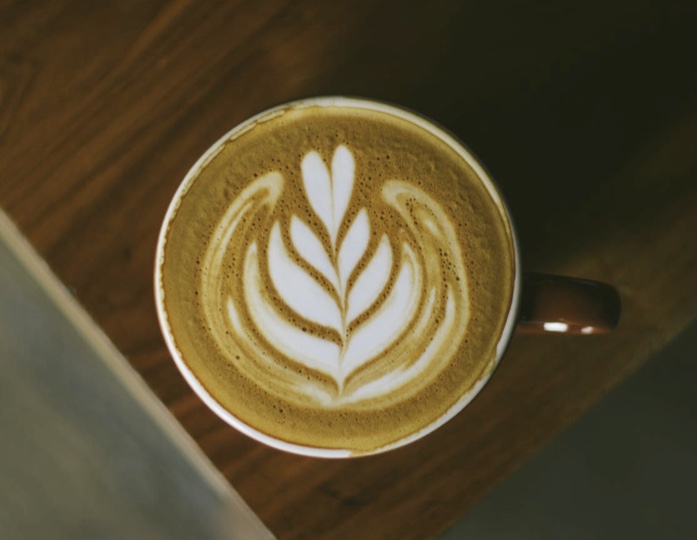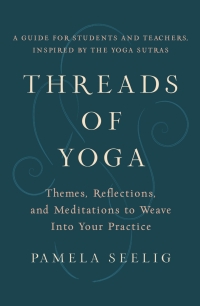Gratefulness: A New Twist
in Inspirations
 Yoga teaches a concept that, at first, was news to me. Gratefulness, I thought, is a feeling that arises due to a positive circumstance or event, as in; I was extremely grateful for my frothy, warm cup of coffee this morning! My understanding was that gratefulness, like laughter, emerges and subsides on its own.
Yoga teaches a concept that, at first, was news to me. Gratefulness, I thought, is a feeling that arises due to a positive circumstance or event, as in; I was extremely grateful for my frothy, warm cup of coffee this morning! My understanding was that gratefulness, like laughter, emerges and subsides on its own.Not so, according to yogic teachings. There is much more to gratefulness than a pleasant, temporary feeling. The Yoga Sutras*, a seminal text of yoga, describe contentment, or gratefulness for what you have, as an active practice or observance. Book 2, Sutra 42 states:
By contentment, supreme joy is gained
The Sutras teach that contentment is an important practice on the path to self-realization and also creates a windfall side effect. By expanding our ability to be grateful, we find “supreme joy,” or in today’s vernacular, “happiness.”
When we practice gratefulness, we naturally find ourselves in the present moment. You can experience this now as you slowly inhale and feel the sweet air filling your lungs, then sense a letting go and relaxation with the exhale. Take another slow inhale and exhale feeling appreciation for the fresh air. As you were feeling and appreciating the breath, you were in the present moment. The mind shifted from thinking about the future and/or reliving the past to being present in the body.
When in the present moment, especially for sustained periods, we have access to the natural joy within. Gratefulness leads us to the present moment where we can tap into the ever-present joyful energy that is not dependent on outer circumstances. Modern people (like me!) are easily tricked to seek external forms of happiness when what they truly seek is the feeling that those external things bring. By developing a sense of gratefulness throughout our day, we learn an authentic way to “hack” into happiness.
But… real-life happens and we often find ourselves rushed and annoyed. This is actually when a practice or discipline can become transformative. When we notice that we are not appreciative of the goodness that is in our life, we can take a moment and lean on specific exercises that we can embed into our day. Here are a couple of ideas that are so simple you may not think that they will have an impact, but they will.
- Each night, write down 5 things that you are grateful for from that day in a notebook. They can be big things, like reuniting with a loved one, or minor such as hearing the sound of the wind in the trees. If you do this exercise each night, your perspective will subtly shift and more things that you appreciate will come into your awareness throughout the day.
- Sit down to meditate and retrieve a memory of when you were extremely grateful. Feel that sensation in your body. Drop the story around the feeling, and just be in the feeling of gratefulness. Use the mantra “Thank You” to keep your mind from wandering. Feel the cells of the body soaking in the healing energy and vibration of gratefulness.
This Thanksgiving, celebrate the abundance in your life and dedicate yourself to practicing giving thanks and appreciation every day of the year.
*The Yoga Sutras, by Patanjali are a foundational text of yoga. Estimates of original compilation range from 5,000B.C.E – 300 A.D.

